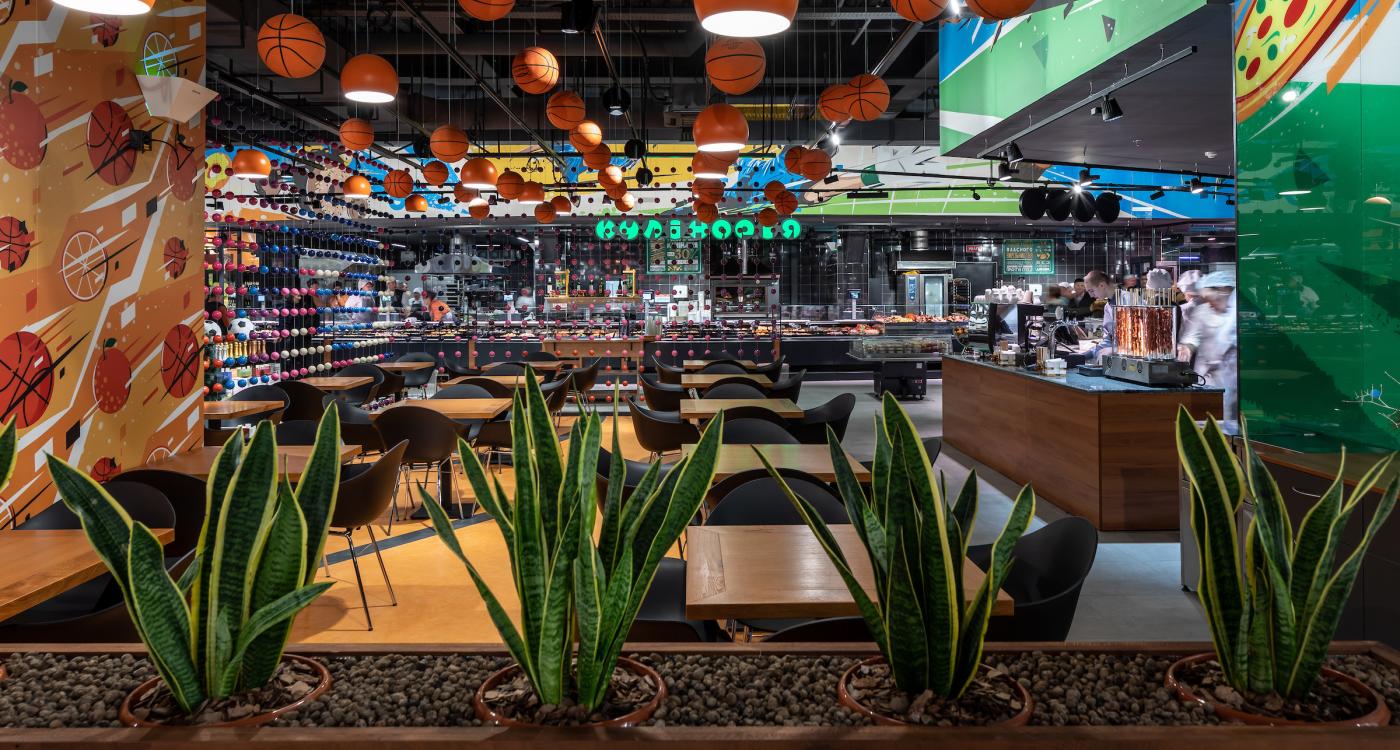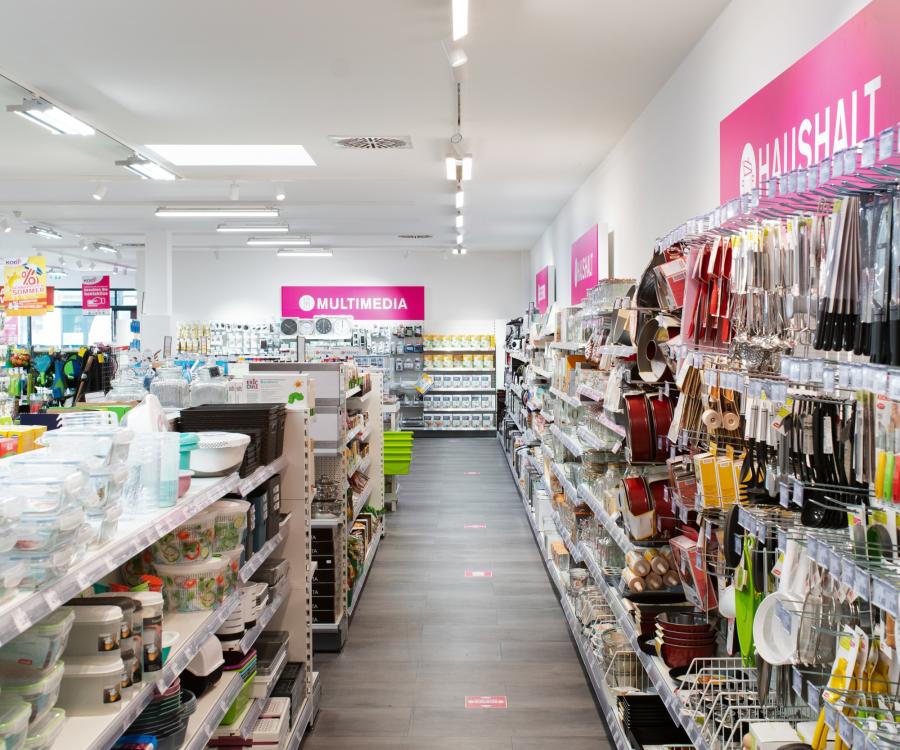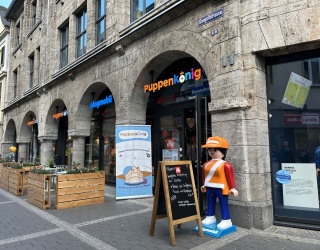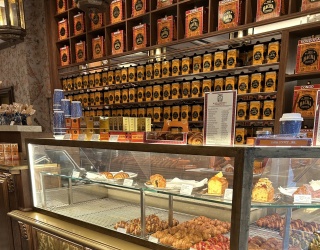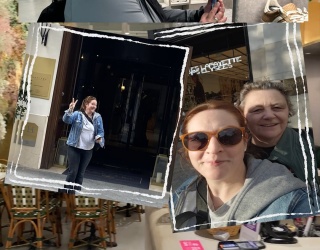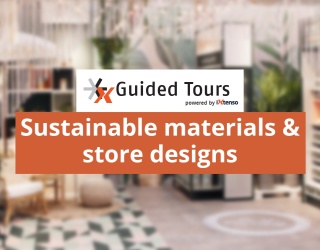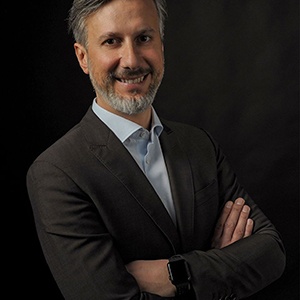
The Italian company Imoon has already done the right lighting for big food retailers like Carrefour, Coop, E.Leclerc, Warner’s Budgens and Globus. Charismatic Pierluigi Gusmani talks about the current developments of customized solutions and his fascination about lighting design.
Pierluigi, why does lighting as a field of work attract you?
Lighting design is one of the few sectors where sciences or perspectives which are often separated come to coexist. Engineering and architecture, technology and design, energy efficiency and the emotional sphere: each project includes both a technical and a creative part, and it is precisely the marriage of the two that brings the magic and added value to our clients.
You have clients both in food and fashion retail. What are the different requirements for lighting projects in these different scenarios?
The wide range of products and the different shapes of furniture in food retail are both important aspects in the lighting design which must take into account the various colours of the products, in order to best highlight them, as well as the displays and the layout. This need results in the development of increasingly advanced solutions, such as the special LEDs, to create dedicated and customized lighting based on the numerous product categories – including meat, fish, delicatessen, cheese, fruit and vegetables and so on.
Furthermore, a special focus is put on light distribution. In this sense, wider displays, for example long fruit and vegetable counters, or different size shelving, require efficient and uniform lighting.
On the contrary for fashion retail, accent lighting – achieved with spotlights – is at the core of the lighting design. Furthermore, extremely narrow and defined light beams are preferred to highlight the items on display, while the enhancement of colours and contrasts does not vary significantly in different areas. As opposed to the food sector, lighting concepts are thus more homogeneous. Finally, the emotional component is present and important in each of our projects, both in food and fashion. The goal is to create a comfortable environment aimed at promoting wellbeing, therefore encouraging customers to buy.
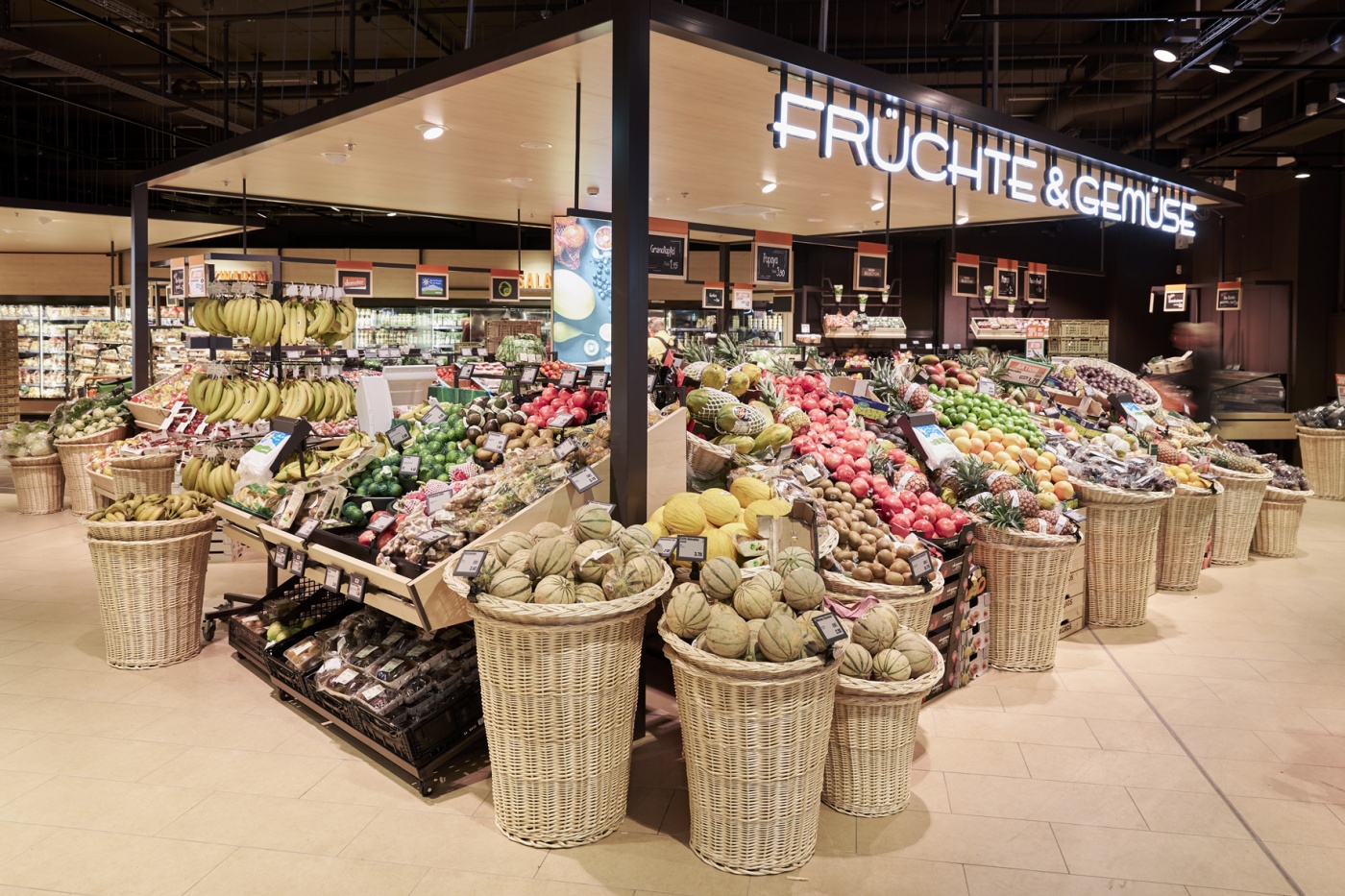
Do you see differences with customers from different geographic areas?
Requirements for lighting intensity on surfaces vary greatly depending on the different geographical areas as well as on energy saving needs. For example, northern countries generally tend to favour energy efficiency and less intense lux levels than Mediterranean ones, where more light is generally requested. The strategies of single retailers also depend on their competitive position and on several socioeconomic factors. In this sense, our work consists in welcoming and interpreting their specific needs as the expression of a local culture influencing the market itself.
For example, some wish to spark emotions through evocative scenes, where light plays a fundamental role in separating different areas. Others choose more neutral and efficient solutions, which aim at reflecting the consumers’ perception of the products. LED types within specific projects also change significantly depending on the geographical area, which is why we invested in the research and development of specific LEDs with different shades of colour to highlight the contrasts or the naturalness of colours, following the expectation of the clients.
How can you use lighting to guide the customer in a store?
The goal of good lighting is precisely that of guiding the client through the store, highlighting the products on display. Once again, the different technologies aim at obtaining specific results. For example, accent lighting draws the client’s attention to product types that are maybe more profitable for the retailer, like fresh food or wine. Alternatively, harmonious lighting in food courts can make clients feel at ease and stay longer at the point of sale, thus increasing the value of the average sales purchases.
Could you tell us a little about you’re your dynamic showcases and give us some practical examples what retailers could use them for?
Storefront windows, which reflect the image of the brand, constantly change in terms of format, layout and items on display. Similarly, lighting must be flexible and able to adapt to the different communication strategies of retailers. Our dynamic shop window scalable system takes advantage of light digitalisation technology, that is, digital protocols in which a tablet or smartphone is used to create and manage evocative lighting sceneries using all LEDs, including RGB.
The retailer is able to set up a varied, recurring schedule, for example, the light of a shop window can follow the night and day cycle, the weather, or the changing of the seasons. In this sense, colder colours like blue can be used in summer to convey a feeling of freshness, while warmer colours with yellow notes can be chosen in the winter season.
Depending on the combinations, the system can be made up of vertical or lateral tracks, and luminous backdrop, in order to play with and adjust shades and perspectives. Finally, going beyond colours, the type of lighting can also be planned to use a digital zoom to change the beam angle and further highlight specific details or accessories.
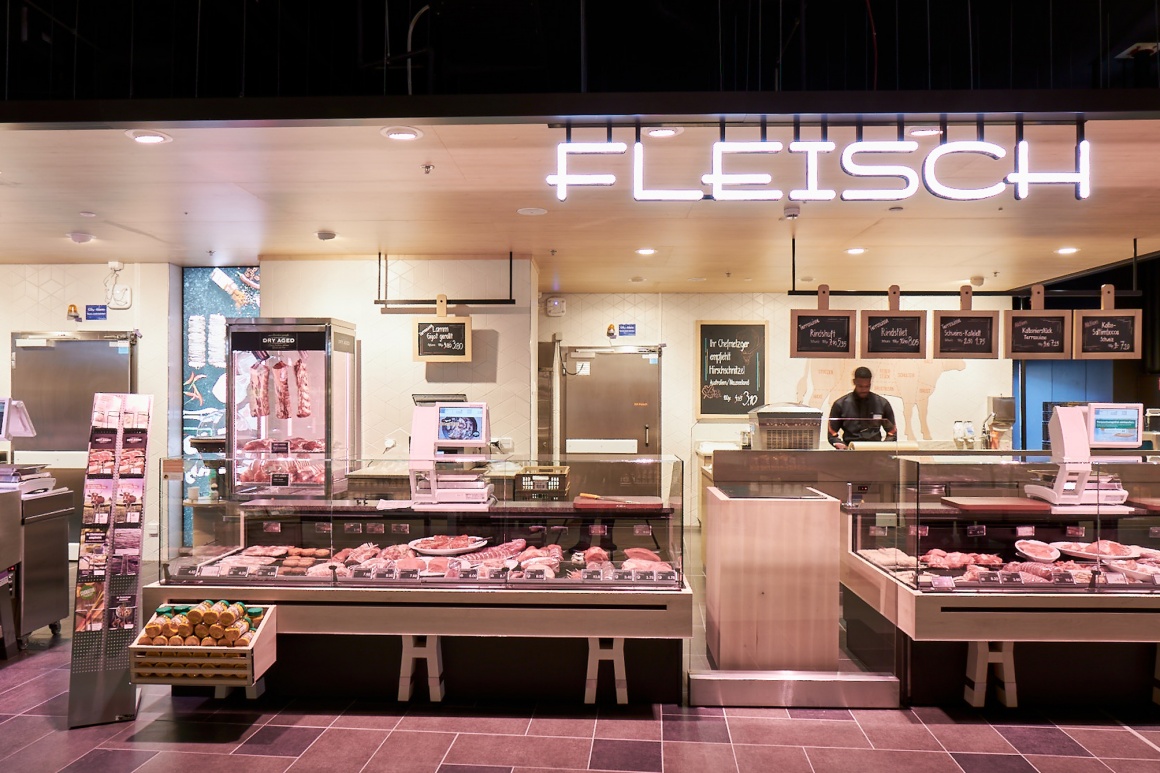
Which messages from the global market do you use in your business activities?
The intense competitiveness characterizing the medium and large-scale distribution as well as fashion retail brings retailers to look for distinctive competitive advantages. The ability to attentively listen and interpret this need by building creative environments through flexible, efficient and technologically advanced solutions brought the company to research and develop products which are modular and with countless set ups.
Firstly, we have several product ranges, which can be assembled systematically just like Lego bricks to create elements that can be adapted to any type of project.
Secondly, with the launch of the brand Makris, on top of supplying design products we also create bespoke shapes aimed at communicating the style and personality of the retailer in the best way.
Furthermore, the variety of skills within our workforce represents an important added value, providing the integration of an in-depth technical evaluation in the development phases of new products. Our tailored approach allows the creation of concepts that can be reused in time, providing a higher efficiency in the roll-out.
Finally, the increasing wish for uniqueness and bespoke solutions by retailers is currently encouraging the integrated planning of interior design within points of sale. This is where our strategic partnership with Schweitzer Interstore comes into play, promoting our lighting concepts on the German market and, when required, planning the shape of spaces, furniture and lighting within a single project.

